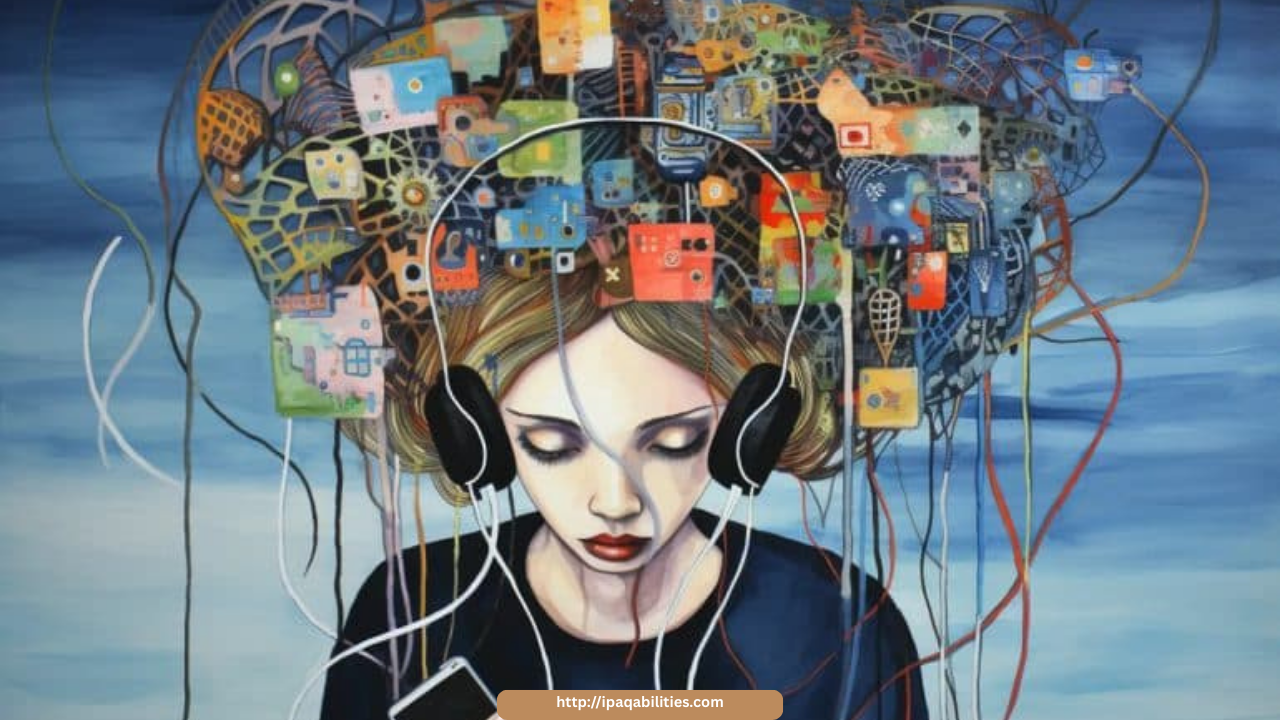Wired for Disconnection: How Technology’s Rise is Shaping Our Mental Health
 In today’s world, technology has revolutionized how we communicate, work, and live. Communication devices, from smartphones to laptops, have become integral to our daily routines, making it easier than ever to stay connected with others. However, this surge in digital communication has brought about an unintended consequence: as we become more “wired,” we may be becoming increasingly disconnected from our own mental well-being and the real world around us. The rise of communication technology, while offering many benefits, is also shaping our mental health in profound and often negative ways.
In today’s world, technology has revolutionized how we communicate, work, and live. Communication devices, from smartphones to laptops, have become integral to our daily routines, making it easier than ever to stay connected with others. However, this surge in digital communication has brought about an unintended consequence: as we become more “wired,” we may be becoming increasingly disconnected from our own mental well-being and the real world around us. The rise of communication technology, while offering many benefits, is also shaping our mental health in profound and often negative ways.
The Paradox of Connectivity
The premise of technology is built on the idea of connecting people regardless of distance. Social media platforms, messaging apps, and video calls all allow us to interact in real-time with people across the globe. Yet, this constant connectivity is paradoxical. While we are more accessible than ever, many individuals report feeling lonelier, more isolated, and more disconnected from the world around them. The phenomenon of “technological loneliness” has emerged as a result of the superficial nature of online interactions, which often lack the depth and emotional richness of face-to-face communication.
Social media platforms, for instance, are designed to keep users engaged, but they often foster comparison, envy, and dissatisfaction. Seeing curated glimpses of other people’s seemingly perfect lives can lead to feelings of inadequacy and lower self-esteem. The “like” culture encourages validation-seeking behaviors, while algorithms prioritize content that keeps users scrolling, often at the expense of their mental health. As we spend more time in the digital realm, we may inadvertently neglect our relationships in the physical world, contributing to feelings of loneliness and disconnection.
The Impact of Constant Availability
Another aspect of our digital reliance is the expectation of constant availability. With smartphones and messaging apps, the boundaries between work, personal life, and relaxation have blurred. People are expected to be reachable at all times, leading to chronic stress and burnout. The incessant ping of notifications, whether from emails, social media, or work-related messages, can trigger anxiety, as it creates an environment where there is little respite from constant demands for attention.
This constant state of alertness can be detrimental to mental health, leading to issues such as insomnia, depression, and anxiety. Studies have shown that the more time people spend on screens, the more likely they are to experience symptoms of depression, as the digital world often fails to provide the same emotional support that in-person relationships offer. The overstimulation caused by screen time interferes with our ability to unwind, making it harder to manage stress and maintain emotional balance.
The Dangers of “Digital Detox” Fatigue
While many have become aware of the need for a “digital detox” to mitigate the negative effects of technology, even the concept of taking breaks from screens can be overwhelming. The pressure to disconnect from technology often leads to feelings of guilt or fear of missing out (FOMO). People worry that if they don’t stay connected, they will fall behind or be left out. This creates a cycle where, instead of finding a healthy balance, we continue to indulge in unhealthy habits of constant device use, compounding the mental strain.
Finding a Healthy Balance
The solution to mitigating the negative effects of technology on our mental health isn’t to abandon it entirely but to find a healthier relationship with it. Digital mindfulness—being aware of how much time we spend online and the emotional effects it has on us—can help. Setting boundaries, turning off notifications, and scheduling tech-free times throughout the day can provide necessary mental breaks. It’s important to prioritize in-person relationships and real-world interactions that offer emotional depth and support, which digital communication often lacks.
In conclusion, while technology has made the world more connected than ever, it has also contributed to a rise in mental health challenges. By fostering an awareness of our digital habits and prioritizing genuine human connections, we can begin to find a balance that nurtures both our well-being and our relationships, ensuring we stay “wired” for true connection, not disconnection.